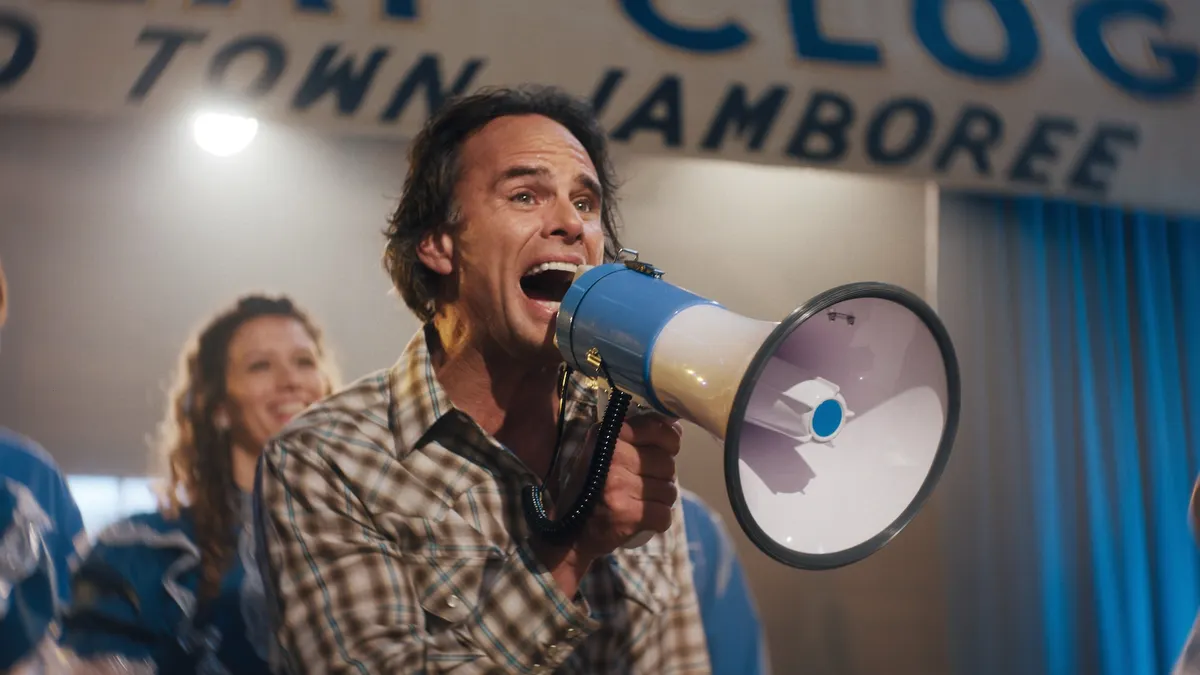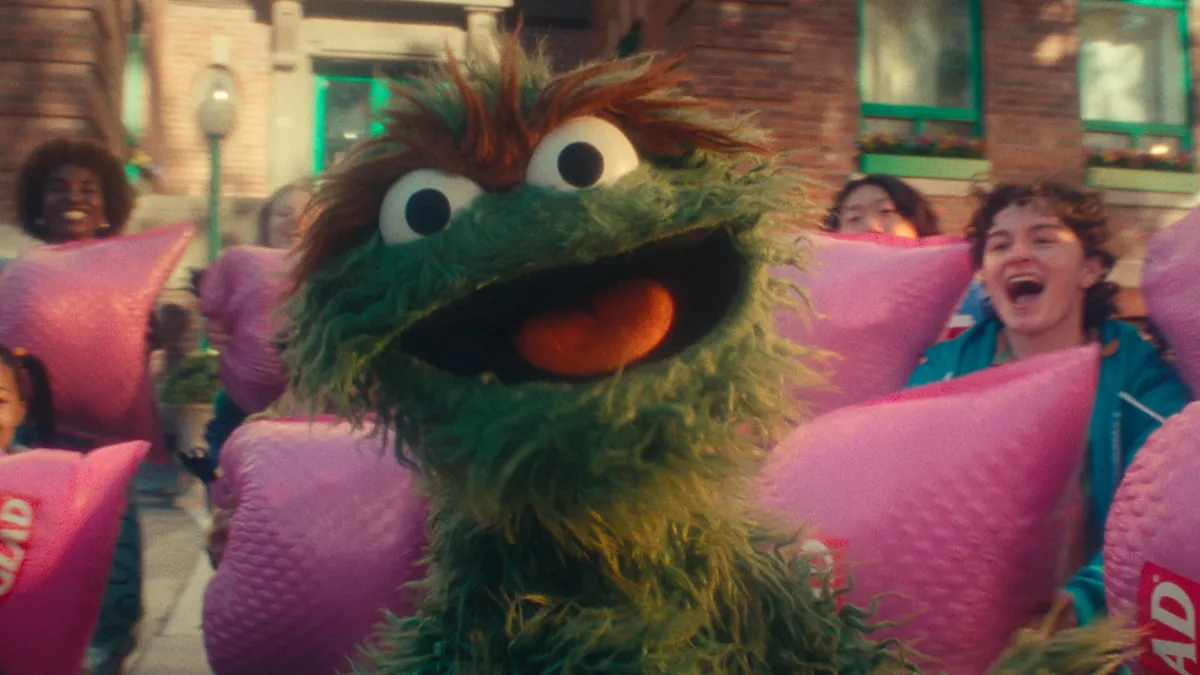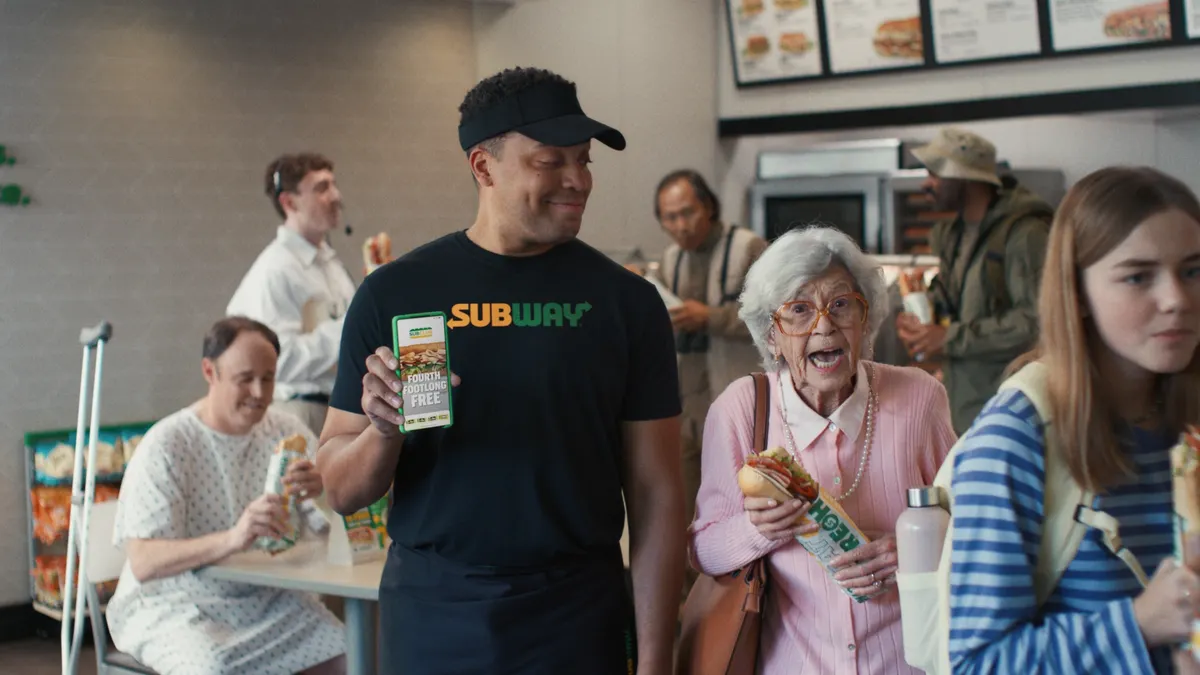Having gorged on snackable, short digital content formats like GIFs over the past few years, more brands are chafing against the constraints required by communicating a message in just a few seconds and are experimenting with GIFs running as long as a minute. In some cases, the extra time makes sense, but for others, short-and-sweet (or funny) is still the best strategy.
It may not be very "LOL," but there are few examples of GIFs that can get away with the kind of detail that Popular Science did last November with a GIF running over 40 seconds that showed wild bats hunting. Appearing roughly mid-way through a feature story about biologists investigating where bats hibernate when no caves are nearby, the GIF shows researchers using a "borescope" to look into rock crevices. The GIF continues in a loop just like the ones that appear everywhere on social media, but is longer than most, detailing exactly how a borescope is put together.
According to Amy Schellenbaum, online director at Popular Science, using GIFs like these have become a highly useful complement to the publisher's traditional approaches to storytelling.
"I could spend two clunky paragraphs explaining what it's like to watch a gun capture a drone out of the sky, but it's way more efficient — not to mention entertaining — to show you," Schellenbaum told Marketing Dive. "We know that every additional click and every five seconds of wait time means fewer people are actually getting to the content we promise. You don't need to click or wait for a GIF."
A sense of accomplishment
Gfycat, the user-generated platform that hosts GIFs from Popular Science and many other brands, is hoping more marketers will begin to see a similar value in longer-form GIFs as a way to convey their message to consumers in a more engaging way. According to Gfycat communications manager Amanda Lorei, the one-minute GIF format has already proven particularly effective among certain categories of its consumer audience, including those in gaming, cooking and do-it-yourself niches.
"[The long-form GIF] is great when you're trying to give a sense of doing something," Lorei said. "It's not so long that people get bored, and it can show the task is accomplishable."
Brands like Microsoft have already gotten on board, she said, by creating GIFs that help walk the user through some of the key features of its latest internet browser, Edge. Coca-Cola, meanwhile, built on its "Taste The Feeling" campaign with a series on Gfycat called "GIF The Feeling," which encourages consumers to share the looping animations on their own social channels.
The use of longer GIFs comes at the same time that marketers are developing long-form digital video running up to an hour in length. The trend reflects the growing consumption of digital video by consumers and the fact that the format doesn't face the same rigid length restrictions as TV ads do.
From marketing tactic to ad placements
Other players in the GIF advertising space include San Francisco-based Tenor, which last year rolled out an analytics tool, called Tenor Insights, along with a proprietary ad product that will deliver GIFs to its audience. While GIFs have been used in social media marketing for a long time, Tenor Chief Business Officer Jason Krebs said the concept of GIFs as guaranteed ads is still nascent. Given the explosion of mobile messaging, however, it's only natural that brands would become more interested, according to the executive.
"We're really a search business, not an entertainment or destination business," Krebs said. "Consumers might do a search for 'good morning' when they want to post something early in the day on social media, for instance, and end it with an animated GIF. Any marketer in fast-food wants their product or brand name to be synonymous with 'good morning.'"
Brands such as Nissan, meanwhile, developed a GIF series called "Heisman House" on Tenor that can be associated with anyone doing searches associated with college football. The GIFs feature Heisman trophy winners clapping, rolling their eyes or shaking their heads. Now, when consumers are watching the game, "(Nissan) is making that connection to what their fans wanted," Krebs said.
The power of brevity
Unlike some of the longer-form experiments on Gfycat, Tenor continues to see two-to-four seconds as the "sweet spot" in terms of GIF length. This isn't that far from the six-second clips that defined Twitter's now-shuttered Vine service or even some YouTube ads, per Krebs. Some marketers may even be able to repurpose their creative as part of a campaign.
"You can turn out a six-second message into a four-second GIF pretty easily," he said. "The difference is instead of a 'sit back' experience where people just watch the ad, it's more of 'lean forward' experience where they're actively motivated to share it."
The number of shares is often the key metric for brands, along with views, Lorei said. Brands like film studios, for instance, create GIFs ready-made for sharing in order to hype an upcoming release.
"When they're showing them in chats with their friends, they don't look like ads," she said.
Shorter might be better for GIF ads in some cases, Schellenbaum suggested. Marketers should think about using them in other areas of a campaign as well.
"Sometimes five seconds of attention is all folks' are going to give a product they haven't seen before," Schellenbaum said. "I think it's also an under-used tool in press releases. Writers and editors can't read through every 600-word press release they get in their inbox. You've got to hook them, and a GIF could help."
The real beauty of GIFs is that they're always changing, per Krebs.
"This is really the first time an advertiser is replacing human words with an advertisement," he said. "There was never anyone right-clicking on a banner ad or a mobile ad to say 'good morning, I'm hungry.'"


















